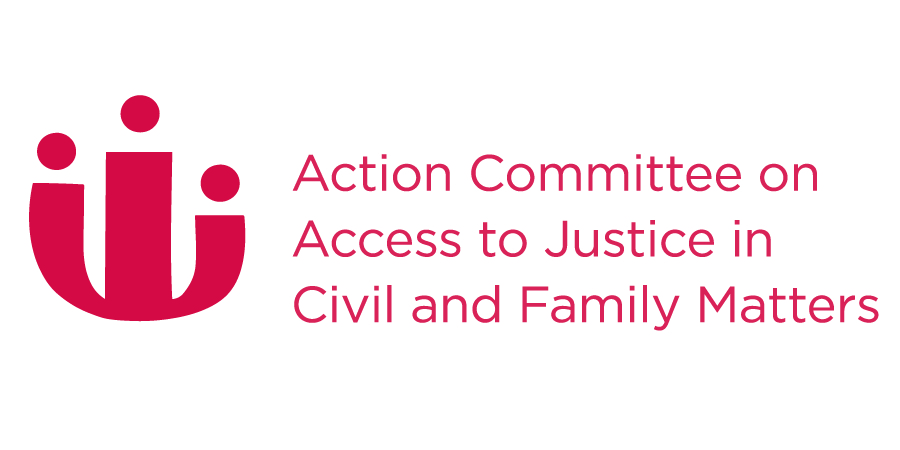Discussing Ways to Improve the Economic Efficiency and Accessibility of the Civil Justice System – Reflections from the Civil Justice and Economics Conference
Mitchell PerlmutterThursday, December 8, 2016
A couple months ago, I had the privilege of attending a conference centered on the theme of Civil Justice and Economics. This conference, presented by the Canadian Institute for the Administration of Justice (CIAJ) in partnership with the Canadian Forum on Civil Justice (CFCJ), featured presentations by a number of prominent researchers, academics, judges, legal practitioners, and government and non-profit stakeholders, all devoted to the common goal of improving the economic efficiency and accessibility of our civil justice system. While the Canadian justice system has been touted internationally as fundamentally fair, rule abiding, and open, it has received mediocre rankings on scales of efficiency and accessibility, particularly in the realm of civil justice.[1] This is no secret when considering the extent to which some of the highest members of our judiciary have bemoaned the current state of access to justice in Canada.[2] As a leader among nations, Canada is a country that has the capacity to do better and must do better.
While there is still a tremendous amount of work to be done, the CIAJ/CFCJ conference offered a reassuring glimpse into some new developments that are helping pave the way for increased accessibility and efficiency. Chair of the Civil Resolution Tribunal (CRT), Shannon Salter, for example, spoke about the work that the CRT has been doing in leveraging technology to create Canada’s first fully integrated online tribunal. The CRT has jurisdiction over strata property disputes in British Columbia, and uses a solution explorer that enables users to resolve their disputes from the convenience of their own homes. Speaking to a different development, 2016 Gonthier Fellowship recipients Heather Heavin and Michaela Keet presented the results of their research project, which proposes using legal analytics to enhance the capacity of counsel to provide litigants with competent advice at an early stage in the litigation process. By using hard data to inform a particular action’s prospects of success, Heavin and Keet’s methodological approach allows lawyers to be more accountable to clients, and allows clients to make better informed decisions about settling versus litigating.
The work of the CRT and of professors Heavin and Keet are just two examples of some of the up-and-coming developments that are helping to improve the provision of legal services within our borders. Other presenters also spoke to ongoing or potential initiatives in the realms of data sharing, class actions and alternative legal services (ex: “unbundling” of legal services, “limited scope retainers”). Moving forward, it will also be important to observe the extent to which provincial regulators implement the recommendations set out in the CBA’s Futures Report. If Canada is to make substantial gains on the accessibility front, provincial regulators need to be open to the possibility of allowing for Alternative Business Structures (ABS’s), non-lawyer fee sharing, and Multi-Disciplinary Practices (MDP’s). These three things in particular, can have a profound effect in both improving the quality of legal services and in driving down costs for consumers.
[1] See for example Canada’s ranking re: World Justice Project: Rule of law Index 2016
[2] See for example Chief Justice McLaughlin’s “Foreword” and Justice Cromwell’s “Introduction” in the Action Committee on Access to Justice in Civil and Family Matter’s 2013 report, entitled “Access to Civil & Family Justice: A Roadmap for Change”



